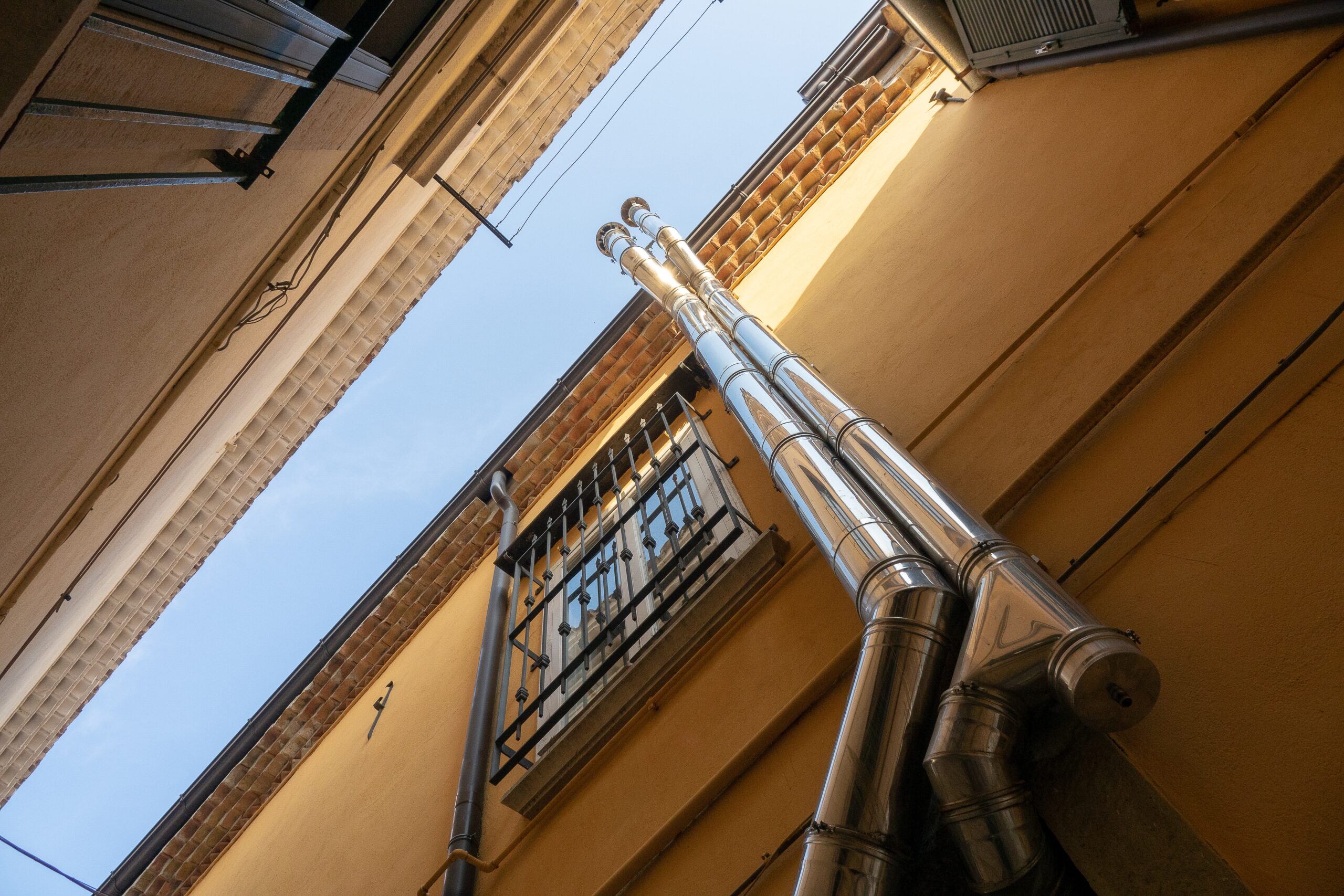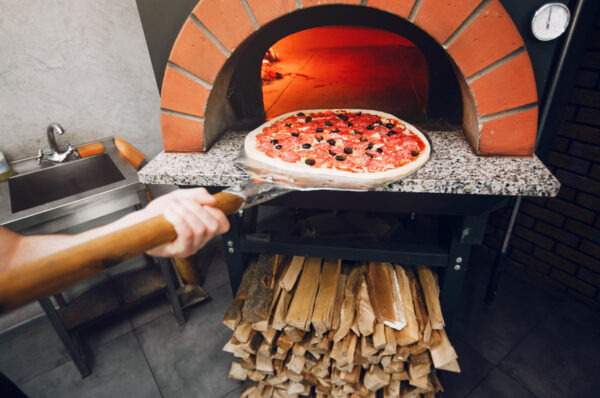Homes and commercial buildings that use wood stoves, fireplaces, gas heaters, or solid-fuel appliances all share one essential requirement: a safe and efficient flue system. Among the various types of venting products available, an insulated flue kit stands out for its superior safety, thermal performance, and long-term durability. Whether you’re a contractor, installer, or homeowner starting a renovation project, understanding how insulated flue kits work—and why they matter—is crucial.
In this guest-post-style guide, we break down everything you need to know about insulated flue kits, their components, installation considerations, benefits, applications, and best practices for maintaining optimal performance.
What is an Insulated Flue Kit?
An insulated flue kit is a complete venting system designed to safely extract combustion fumes from heating appliances. Unlike single-wall or uninsulated flue pipes, an insulated flue kit has multiple layers—usually a twin-wall stainless steel pipe—with a high-quality insulation material between them. This insulation maintains higher internal temperatures, reduces condensation, prevents heat loss, and significantly improves safety.
Most kits come with everything needed for a full installation, including:
- Twin-wall insulated flue pipes
- Flue sections of various lengths
- Elbows and bends
- Wall brackets and support tools
- Flashings and storm collars
- Firestop plates
- End caps and rain cowls
Insulated flue kits are commonly used when the flue must pass through ceilings, walls, enclosed spaces, or externally outside the building.
Why Insulation is Essential in a Flue System
Many people underestimate the importance of a properly insulated flue. Insulation serves several critical purposes:
Prevents Heat Transfer
The outer wall of the flue stays much cooler, reducing the risk of fire hazards. This is particularly important when the flue passes through timber-frame walls, attics, or ceilings.
Maintains High Internal Temperature
A warm flue draws more effectively, minimizing smoke backflow and improving combustion.
Reduces Creosote Build-Up
When temperatures remain consistent inside the flue, smoke particles burn more efficiently, decreasing creosote—a major cause of chimney fires.
Minimizes Condensation
Condensation can cause corrosion and degrade the life of the flue. Insulation reduces this risk significantly.
Enhances Appliance Efficiency
Insulated flue kits help heating appliances operate at their designed efficiency levels by ensuring proper draft.
Components of a Typical Insulated Flue Kit
A complete insulated flue kit ensures that all parts are compatible, tested, and approved for safe venting. Typical components include:
Twin-Wall Insulated Flue Pipes
These are double-layer stainless steel pipes with 25mm–50mm insulation between them. They come in different diameters (usually 5”–8”) depending on appliance requirements.
Starting Collar or Appliance Connector
Used to connect the appliance to the insulated pipe.
Elbows (15°, 30°, 45°)
Allow the flue to navigate around structural obstacles.
Wall Brackets and Support Clamps
Secure the flue vertically or horizontally.
Roof Flashing
Ensures a weatherproof seal where the flue exits the roof.
Storm Collar
Prevents water from penetrating the flashing.
Chimney Cowl or Rain Cap
Prevents rain, birds, debris, and wind downdraft from entering the flue.
Firestop Plates
Provide fire safety where the flue passes through ceilings or floors.
Locking Bands
Secure joints between each flue section.
Buying a complete kit ensures compatibility, preventing the need for makeshift adjustments that can compromise safety.
Types of Insulated Flue Kits
Insulated flue kits vary depending on installation type and appliance category:
Internal (Through the Ceiling) Flue Kits
Ideal for wood stoves and fireplaces installed inside the home. They run through ceilings and roof space.
External Wall Flue Kits
Mounted on the outside of the building. They are suitable when internal routing is not possible.
Twin-Wall Gas Flue Kits
Designed for gas appliances such as water heaters and gas stoves.
Solid Fuel Flue Kits
Built for high-temperature appliances like wood burners, coal stoves, and biomass boilers.
Pellet Stove Flue Kits
Specifically designed for pellet stoves, providing excellent draft for low-temperature exhaust.
Each type has its own standards and certifications to ensure safe performance.
Key Advantages of Installing an Insulated Flue Kit
Enhanced Safety Standards
By maintaining cooler external temperatures, insulated flue kits greatly reduce fire risks. They are often required by building codes for solid-fuel appliances.
Improved Draft and Combustion
Stable internal temperatures ensure strong airflow, better heat output, and cleaner combustion.
Long-Term Durability
High-quality stainless steel and insulation reduce corrosion, moisture buildup, and thermal stress.
Versatile Installation Options
Insulated flue kits can run through multiple floors, exterior walls, or roof sections with ease.
Energy Efficiency
Better draft leads to improved appliance performance, reducing fuel consumption.
Weather Resistance
Chimney cowls and double-wall construction protect against rain, wind, and harsh outdoor temperatures.
Applications of Insulated Flue Kits
Insulated flue kits are used across residential, industrial, and commercial sectors. Some common applications include:
- Wood-burning stoves
- Pellet stoves
- Fireplaces (traditional and gas)
- Solid-fuel boilers
- Commercial kitchens
- Industrial furnaces
- Water heaters
- Sauna heaters
- Pizza ovens
Their flexibility makes them suitable for both new constructions and retrofits.
How to Choose the Right Insulated Flue Kit
Choosing the right insulated flue kit requires careful consideration of several factors.
Determine Flue Diameter
Always follow the appliance manufacturer’s recommended diameter. Undersizing can cause smoke backflow; oversizing reduces efficiency.
Choose the Correct Installation Type
Decide whether the flue will go through the roof, wall, or outside run.
Check Certification Standards
Look for CE, UL, or EN compliance depending on your region. Certified kits meet strict fire and performance standards.
Consider Insulation Thickness
25mm or 50mm insulation options are common. Thicker insulation improves performance in colder climates.
Select High-Grade Materials
304 or 316 stainless steel is ideal for resisting corrosion and high temperatures.
Measure Clearance to Combustibles
Ensuring correct clearance prevents building code violations and fire hazards.
Look for Easy-Fit Locking Systems
Twist-lock or clamp systems make installation faster and more secure.
Installation Considerations for Insulated Flue Kits
Follow Local Building Codes
Heating appliances and flue systems are heavily regulated for safety. Local codes dictate clearance, materials, and fire protection requirements.
Maintain Proper Height
A minimum height (usually 4–6 meters) is required to achieve optimal draft.
Ensure Correct Support
Wall brackets are necessary every 2–3 meters for exterior flues.
Seal Roof Penetrations Correctly
High-quality flashing prevents leaks and roof damage.
Avoid Sharp Bends
Too many elbows reduce draft and efficiency. Two 45° bends are better than one 90° bend.
Maintain Clearance from Floors and Ceilings
Firestop plates and insulation protect surrounding building materials.
Hire a Certified Installer (Recommended)
Incorrect installation can create serious fire hazards. A certified installer ensures compliance and proper performance.
Maintenance Tips for Insulated Flue Systems
Even a high-quality insulated flue kit requires regular care:
Annual Inspection
Check for corrosion, leaks, creosote buildup, loose clamps, and bird nests.
Clean the Flue Regularly
A professional chimney sweep should clean wood-burning systems at least once per year.
Monitor Smoke Patterns
Any backdraft or slow ignition indicates poor airflow or blockage.
Replace Damaged Parts
Bent pipes, cracked insulation, or corroded sections should be replaced immediately.
Why an Insulated Flue Kit is Worth the Investment
Choosing an insulated flue kit is not just about compliance—it’s about long-term safety, efficiency, and peace of mind. The benefits far outweigh the initial cost, especially when compared to potential fire hazards, appliance inefficiency, or premature flue deterioration.
A properly installed insulated flue kit:
- Keeps your home safer
- Optimizes stove or heater performance
- Reduces long-term maintenance
- Enhances heating efficiency
- Boosts appliance lifespan
Whether you’re upgrading an old system or installing a new heating appliance, an insulated flue kit is the smartest solution for modern venting needs.
Conclusion
Insulated flue kits have become the industry standard for safe and proper venting of wood stoves, fireplaces, gas heaters, biomass systems, and commercial heating applications. Their design, durability, and efficiency provide unmatched benefits over traditional single-wall systems.
With the right kit, proper installation, and regular maintenance, your heating appliance will run cleaner, safer, and more efficiently for many years.




